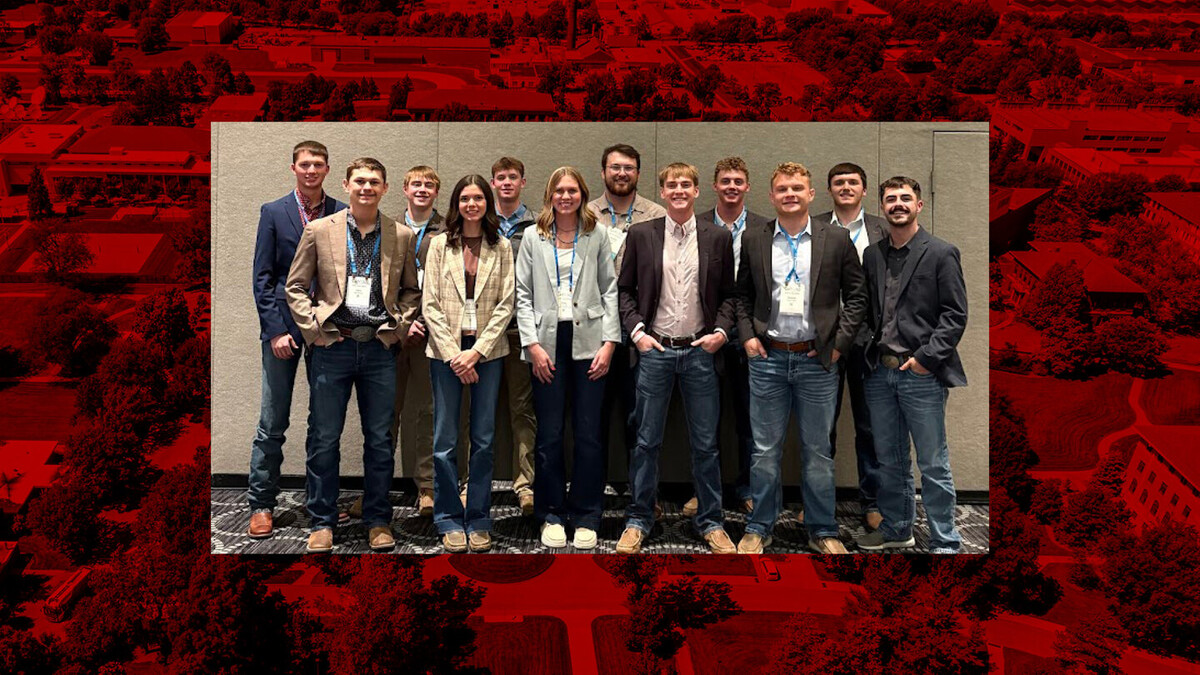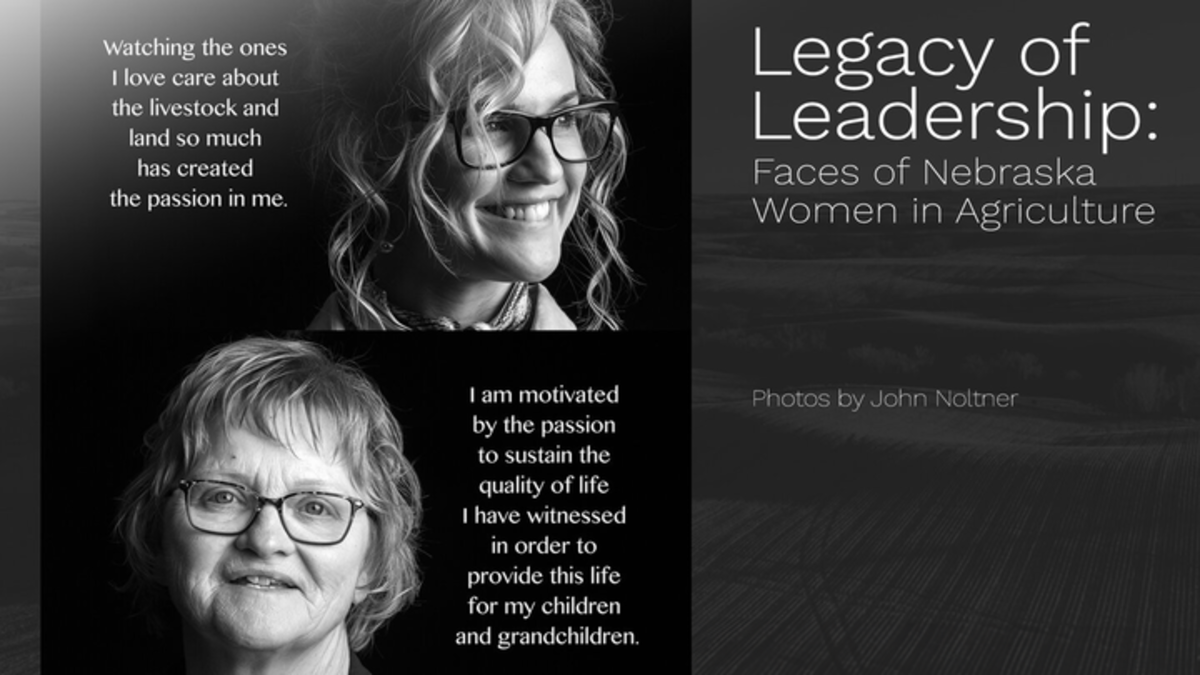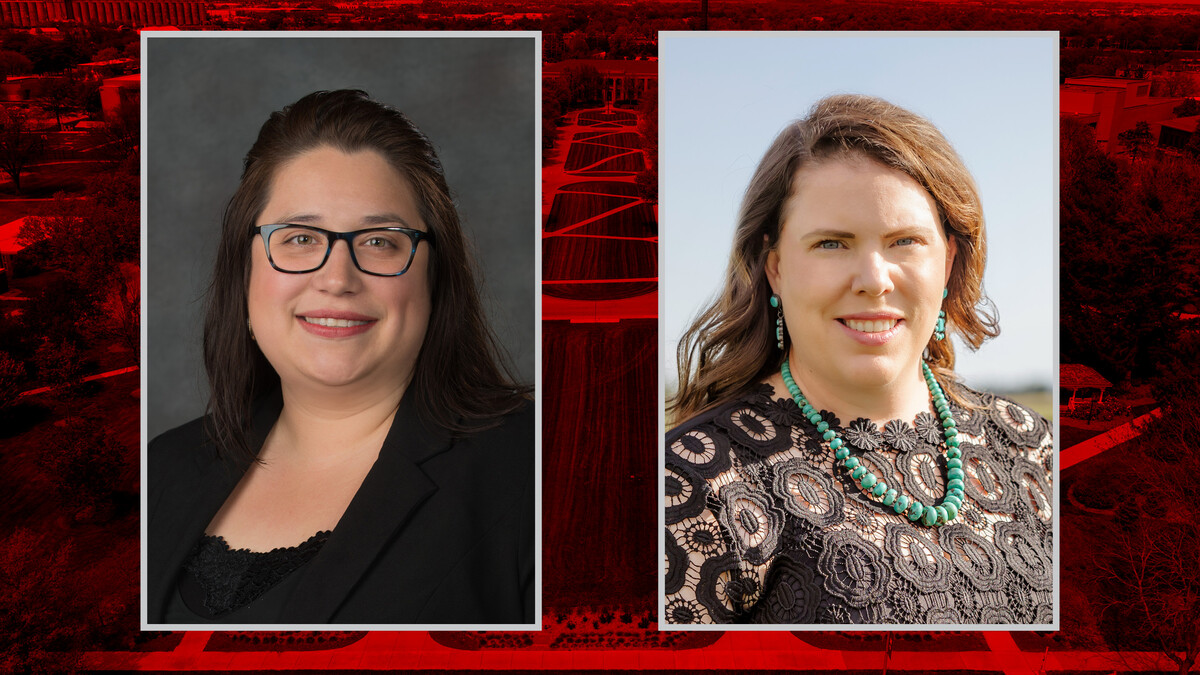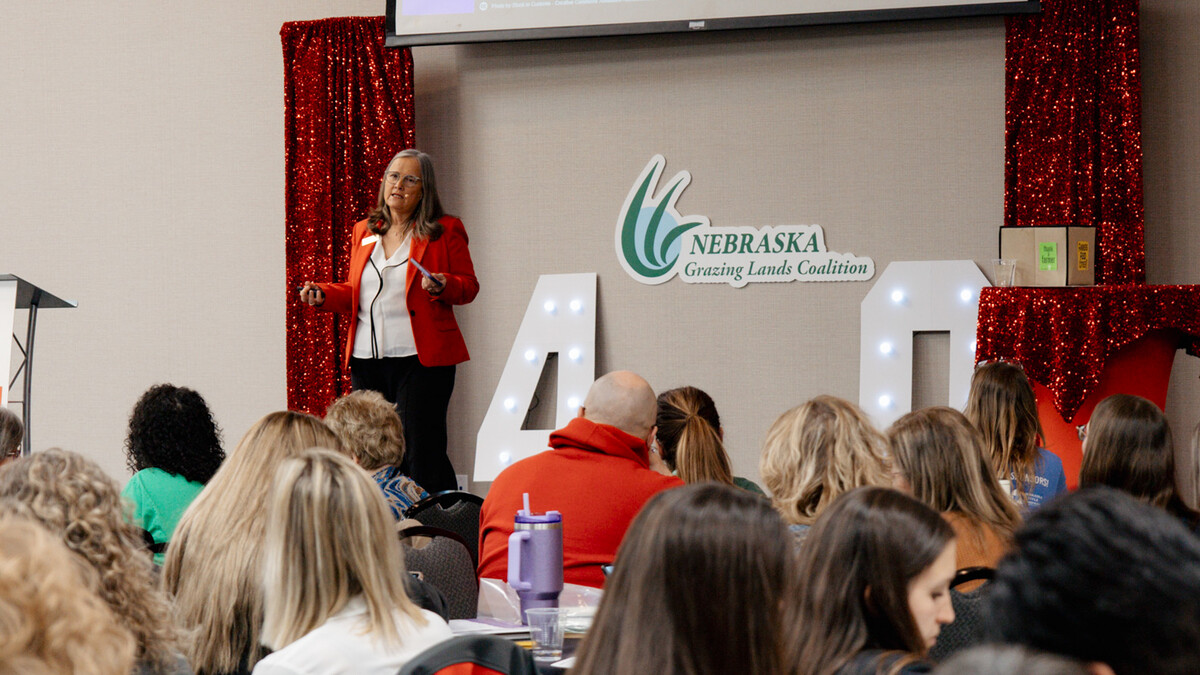
A North American scientific network has found that agriculture systems in the United States, Canada and Mexico lack information on their resilience and ability to avoid collapse.
University of Nebraska–Lincoln scientists Shana Sundstrom, Craig Allen and Tala Awada, along with the Network for Integrated Agricultural Resilience Research, found knowledge gaps in agriculture research on resilience concepts of heterogeneity, scale, regime shifts, thresholds and panarchy.
“We need a thorough assessment of extant research on agricultural systems that would clarify the extent and location of these knowledge gaps because the costs of exceeding an unknown threshold could be catastrophic, akin to the ignorance that created the Dust Bowl when unfettered tilling of the Great Plains coincided with a drought,” network scientists said in a June 2025 Agricultural Systems article, “Addressing key issues and knowledge gaps in resilience science for agriculture.”
Sundstrom, the main author of the article, said they reviewed scientific literature on resilience and found that while more than 100,000 papers used the word resilience in the title, far fewer used basic concepts of ecological resilience and applied them to agriculture.
“Even the topics that were the most commonly applied from a resilience perspective, there was not a huge number of papers using them,” Sundstrom said. “So, it was a very useful endeavor for identifying deep knowledge gaps.”
Network scientists reviewed 131 papers addressing at least one of the five concepts. Sundstrom said almost all the papers emphasized the importance of heterogeneity, or diversity, for agricultural systems’ continued function and persistence. The papers considered diversity in crops planted, animal breeds, markets, producers, insurance and so on.
“Every single paper that assessed heterogeneity showed the same thing,” she said. “The more diversity the system had, the more resilient it was to disturbances.”
For scale in agriculture, 15 papers researched topics like how farm sizes at various times affected their resilience. For regime shifts, 33 papers examined major changes in the state of an agricultural ecosystem, like the change in the 1930s from crop fields to the Dust Bowl. For thresholds, 37 papers examined the tipping points when agricultural systems changed into something less desirable. For panarchy, 14 papers looked at the hierarchical framework of agricultural systems and how they follow cycles of renewal, growth and collapse at different scales, like the cycle from seed to harvest in a field, and across scales, like from the field to a region.
Allen said the literature review revealed that scientists are grappling with resilience concepts in agriculture but some concepts more than others. Panarchy, for example, has been dealt with fairly poorly, he said, attributing its treatment to it being a more abstract concept than the others.
He and Sundstrom also said the research showed the importance of looking at the interplay between people and land, the social and ecological, when trying to understand the cause of regime shift.
“There's so much human intervention needed that there are really big questions about what is an agricultural regime? What is the appropriate scale for analysis?” Allen said. “There are still really basic questions out there that we don't have answers for, I don't think. So, I think that was worth knowing. We suspected that, but the review put it into perspective much better.”
Sundstrom said including the interplay between the social and ecological in agriculture research is difficult to do and little of the research they examined did that. When it did, she said the scientists often had unexpected findings because collapse came from the interplay between people and the land and could not be explained by looking at just the social or ecological parts independently.
Going forward with what they learned, the network has working groups on heterogeneity and crop-rotation diversity. Sundstrom said they are seeking funding to look at vulnerable agricultural systems like the Florida citrus industry, cotton industry in Arizona or Washington-British Columbia apple industry.
“We are going to try to acquire grants to use historical examples of collapse to try to understand key drivers of it and then apply that learning to modern agricultural systems in North America that we suspect are quite vulnerable, that perhaps might be at the beginning of such a collapse themselves,” Sundstrom said.
Allen said they also plan to work with the USDA National Agricultural Library to develop definitions for resilience terms in agriculture after seeing inconsistencies in the terms’ use across the research.
Sundstrom said one final result of the Network for Integrated Agricultural Resilience Research work will need to come from scientists outside of the network.
“Of course, the hope with a paper like this is that other scientists will read it and be inspired to pick up different pieces to explore and dive a little deeper to fill some of the knowledge gaps,” she said.
Funding to establish the Network for Integrated Agricultural Resilience Research at the University of Nebraska–Lincoln came from the National Science Foundation. Networks included in it are the USDA-ARS Long-Term Agroecosystem Research Network, the Canadian Agroecosystem Living Labs Network, ResNet of Canada and the Resilience Alliance, an international network.







